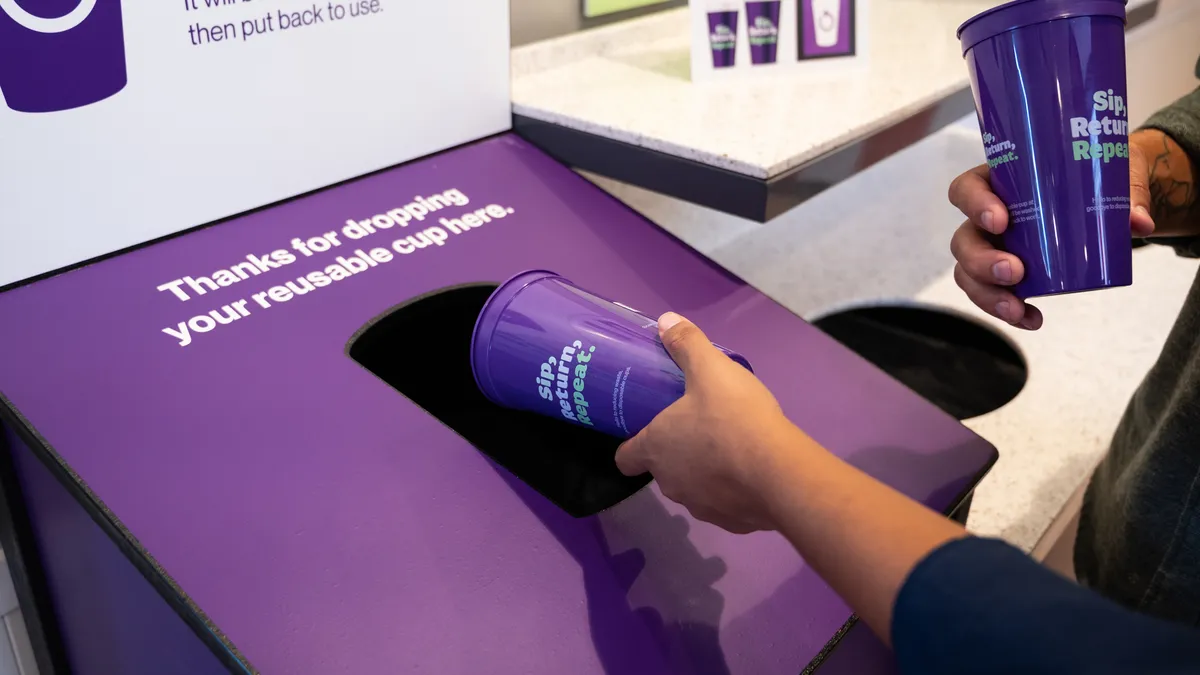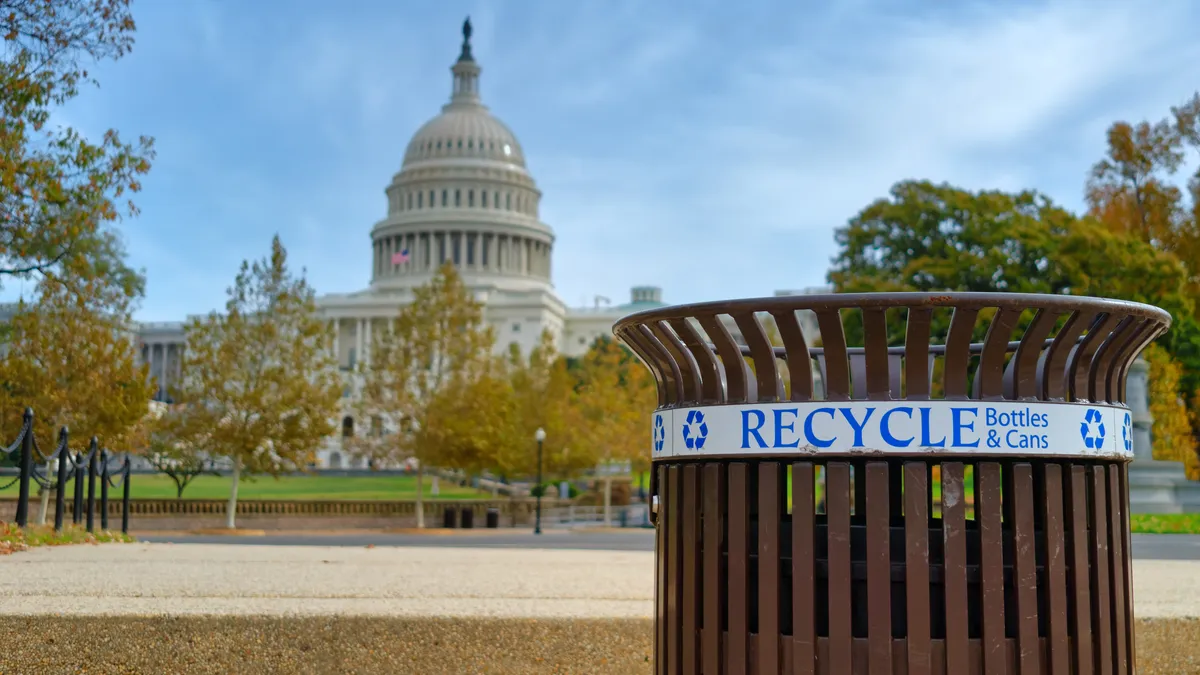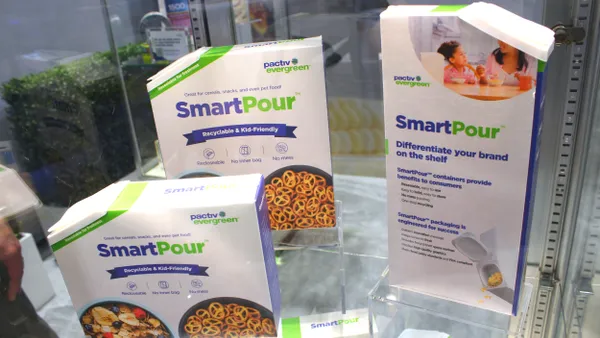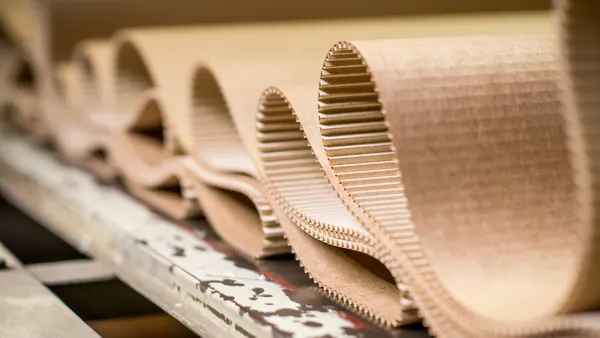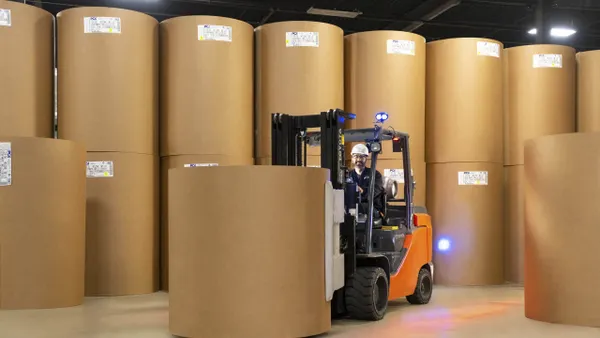- New CEO: Patrick Kivits led his first earnings call Thursday as the new CEO at SEE, the company formerly known as Sealed Air. He started on July 1 after leaving WestRock in June. After one month, Kivits said he’s “coming up to speed” and learning about the business units and value propositions for customers.
- Food vs. protective: A tale of two sectors emerged in Q2. Executives described the strength in their food packaging business due to solid end-market demand, while protective packaging “is the inverse of that,” said CFO Dustin Semach. The food segment brought in $894 million in sales in Q2, up 2% year over year, while sales in the protective business fell by 10% to $451 million. Because food continues to outperform expectations and protective keeps declining, “the weakness in our protective volumes is fully offsetting the strength in our food business,” Semach said. Specifically, there’s excess capacity in the void fill market right now, he said.
- Optimization plan: SEE is “just in the starting phases” of determining where to invest resources as part of its previously announced reorganization plan, Kivits said. While analyzing medium to long-term market trends, he is working on “developing a comprehensive fiber strategy and determining the future of portfolios that do not align with our core strategy.” Despite the protective packaging weakness, SEE is still investing in that sector, Semach said. “Everything in and around the box right now is under pressure ... and everything outside of the box is doing much better,” he said, noting that SEE lost share in the protective packaging market. Last year, SEE completed its acquisition of Liquibox and views the bag-in-box space as a growing market, Kivits said.
- Sustainability: Part of the optimization plan involves paying attention to areas where customers seek substrate switches or other packaging modifications to enhance sustainability. Void fill and paper mailers are especially strong areas for fiber transitions, Kivits said. As SEE redevelops its portfolio strategy, it’s important to remember that “sustainability isn’t just about plastic being replaced by paper” but also involves factors like food safety and shelf life, he said. Another challenge that Kivits said he has noticed during his 25 years in packaging is the “dematerialization” trend, or customers wanting fewer packaging materials without performance loss.
- Outlook: SEE executives don’t anticipate a positive inflection in volumes for protective packaging anytime soon. “If we look into next year, the expectation is that some of these challenges are going to persist in protective,” Semach said. “While the markets we operate in remain challenging, we see this as an opportunity to accelerate transformation,” Kivits said. For the full year 2024, executives anticipate net sales of $5.2 billion to $5.6 billion and adjusted earnings before interest, taxes, depreciation and amortization of $1.05 billion to $1.15 billion.

SEE’s Q2 food gains offset by protective packaging weakness
An inflection point for protective packaging volumes isn’t expected any time soon, with weakness persisting into 2025.
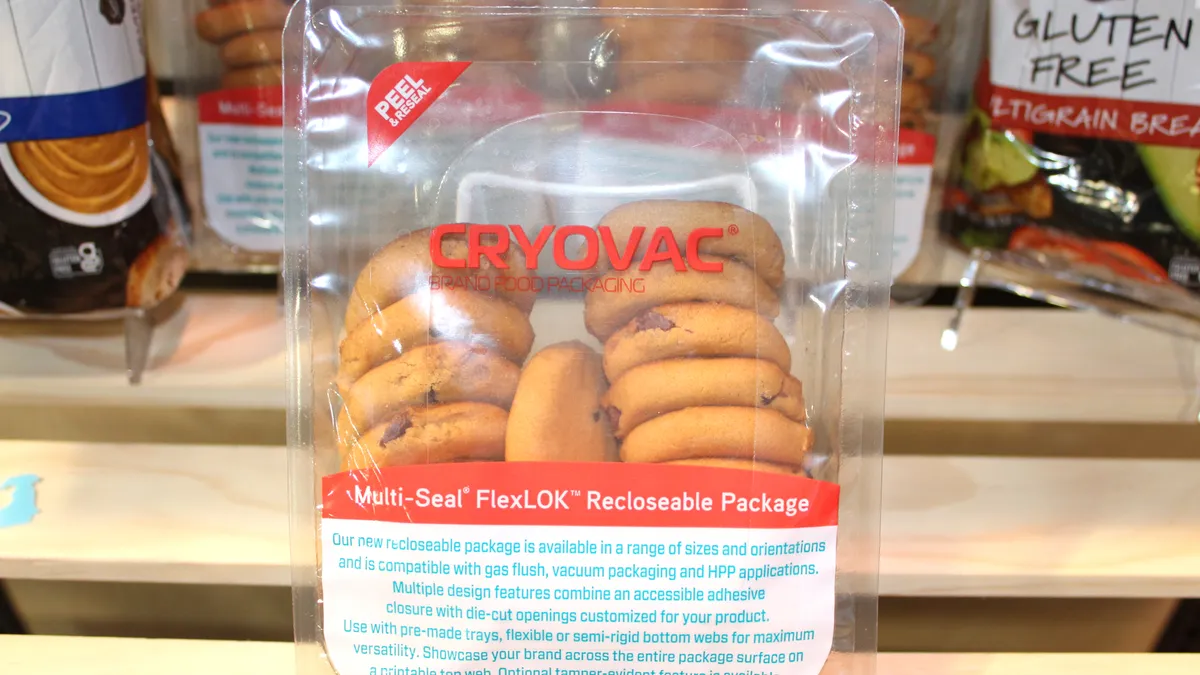
Recommended Reading
- SEE appoints WestRock executive as CEO By Katie Pyzyk • June 14, 2024
- SEE advances restructuring as it searches for new CEO By Maria Rachal • Feb. 28, 2024



